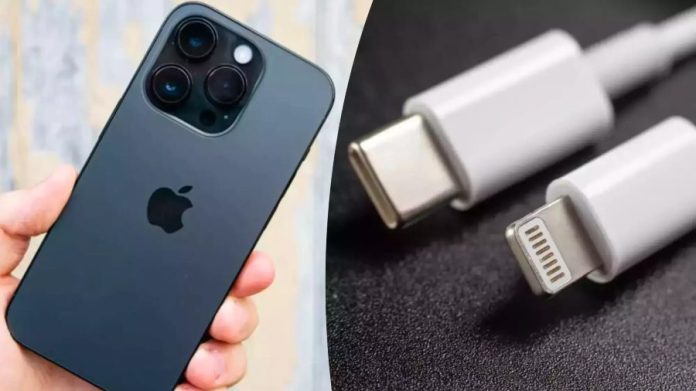Starting this Friday, the much-anticipated iPhone 15 will hit the market, showcasing a range of exciting new features. Among these enhancements are an upgraded camera and display, as well as the addition of an action button.
However, the most significant change comes from a switch from the Lightning charging cord to the universal USB-C standard. This move mirrors a similar transition made over a decade ago when Apple replaced the 30-pin connector with Lightning.
At that time, customers expressed concerns about the compatibility of their existing cables and accessories. However, unlike the previous switch, USB-C adoption is driven by necessity rather than preference.
In an effort to tackle the issue of e-waste, European regulations are set to enforce the use of USB-C as the common charger for mobile devices starting next year.
By 2024, all mobile devices sold within the European market will be required to comply with this mandate.
While USB-C is not a new connector for consumers familiar with technology, but it is widely used for charging various gadgets, including iPads, MacBooks, gaming devices, headphones, and more. Currently, iPhones and AirPods still use the Lighting connector.
However, with the transition to USB-C, all previous charging cable versions will eventually become obsolete, making it more convenient for consumers to carry around just one cable instead of multiple ones. This move helps reduce e-waste and simplifies the charging process for consumers.
Source:

